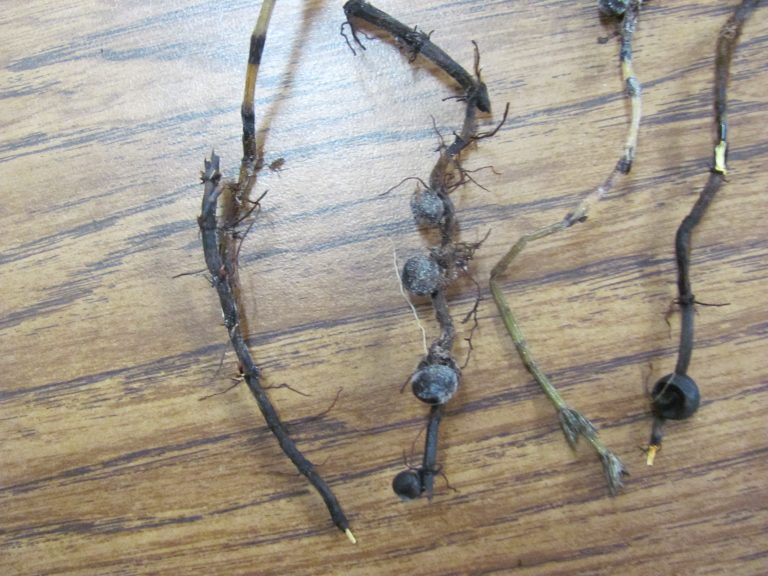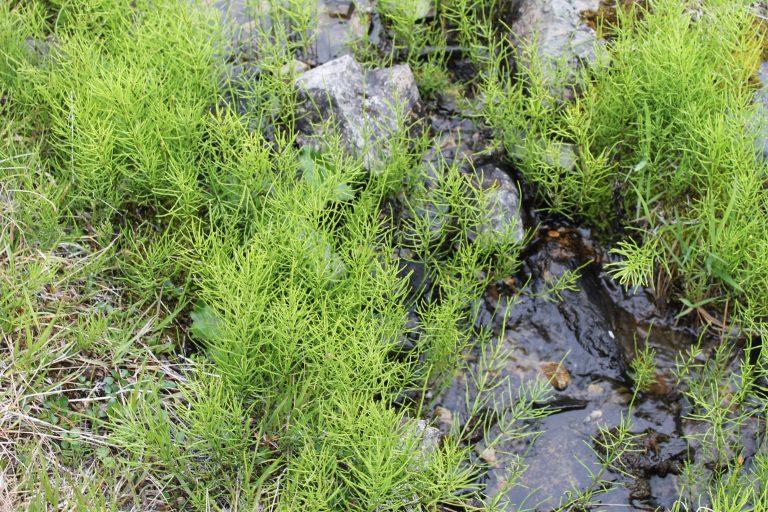Chukchi: ельмыргыт (yillmyrget)
Central Alaskan Yup’ik: qetek (black nodules on roots)
Russian: хвощ
English: horsetail
Chukchi:
The Chukchi name comes from the fact that they grow on slopes. They are important food for reindeer in the early summer when they are young and tender. People say bears eat them as well.
People have learned from doctors who have come in from outside, and from books, that the aerial parts can be made into a diuretic tea that is good for the kidneys. They say that this was not a traditional remedy in former times.
Чукотское название происходит от того, что растение растет на склонах. Это важный пищевой ресурс для оленей в начале лета, пока хвощ молодой и нежный. Говорят, что его едят и медведи.
От врачей, приехавших с материка, и из книг местные жители узнали, что из надземных частей хвоща можно приготовить мочегонный чай, полезный для почек. Говорят, что в прежние времена такое лекарство не использовалось.
Central Alaskan Yup’ik:
The small round black root nodules of this species are sometimes collected along with other seeds and tubers in vole caches in the fall. These “mouse foods can be made into akutaq or eaten with soup.




